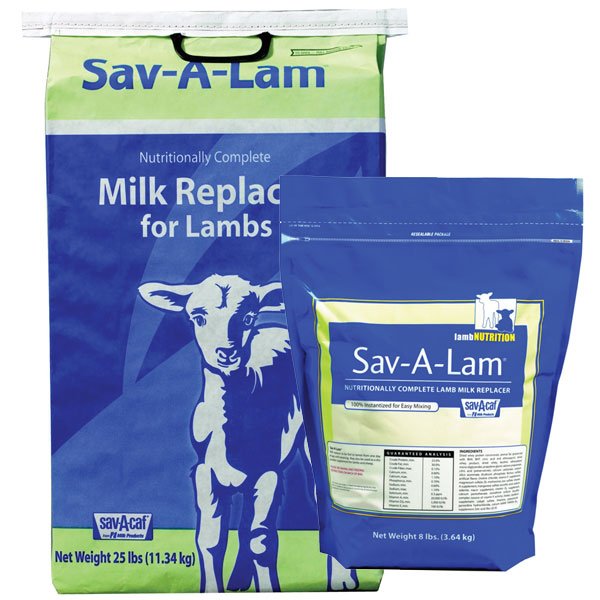Mixing Livestock Milk Replacers Properly
1.  Quantity to Be Prepared
Quantity to Be Prepared
- Be sure to read instructions on bag or tag. Not all products have the same-sized cups, and different species require various mixtures.
- Fill plastic cup with milk replacer (milk replacer density can vary; periodically check the quantity the cup holds).
- Put required quantity of clean warm water at 110° to 115° in a clean bucket.
2. Mixing
- Always use warm water except for products designed to be fed cold (C.A.L.F., pig milk replacer and lamb milk replacer).
- Sprinkle milk replacer from the plastic cup onto the surface of the warm water.
- If powder is dumped from cup onto the water
surface, large balls may sink to the bottom of the
bucket. - Use a wire whisk that can reach the bottom of the bucket and stir briskly to completely suspend the milk replacer.
- If using milk mixing machine, do not over mix by running the machine too long.
- If a milk replacer contains alternate protein sources, a few quick stirs periodically will help keep the product suspended and prevent settling. If large quantities of milk replacer are mixed, stir every 5 minutes to prevent settling.
3. Feeding
- Follow feeding directions supplied with product.
- Only mix enough milk replacer for the current feeding.
4. Caution
- Do not mix milk replacer and water in a nipple bottle. Instead, first prepare the solution and pour mixed milk into bottle.
- Don’t use a stick or similar instrument to mix milk replacer—some agitation is needed whichcan best be achieved with a wire whisk.
- Don’t add water to powder—it makes mixing more difficult.
- Sanitation is important—clean all utensils after each feeding.
- To keep milk replacer powder fresh, tightly roll
the bag closed and store in a cool, dry place.

Copyright 1999-2025 GregRobert Enterprises, LLC.
Family Owned / Family Values

